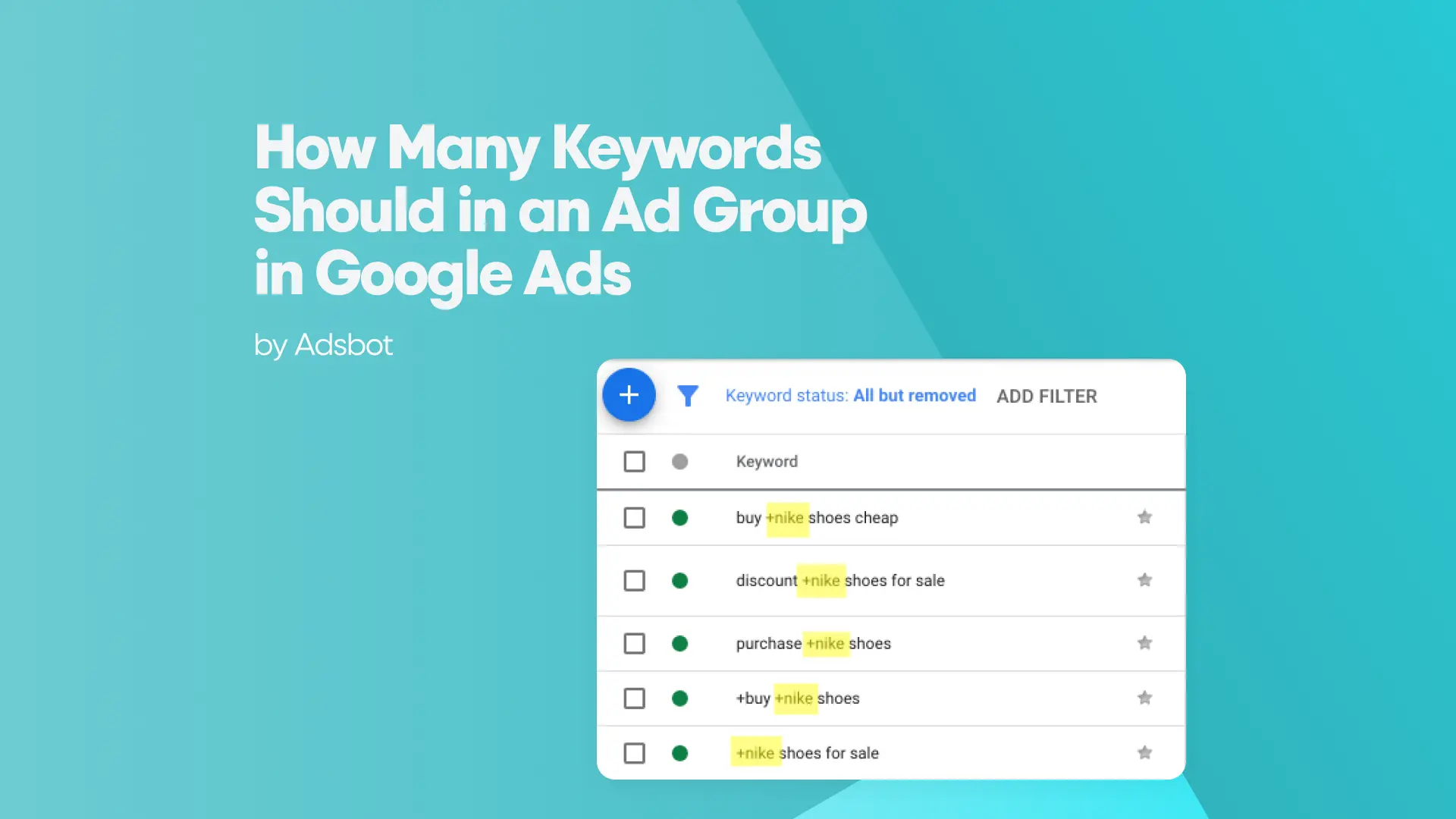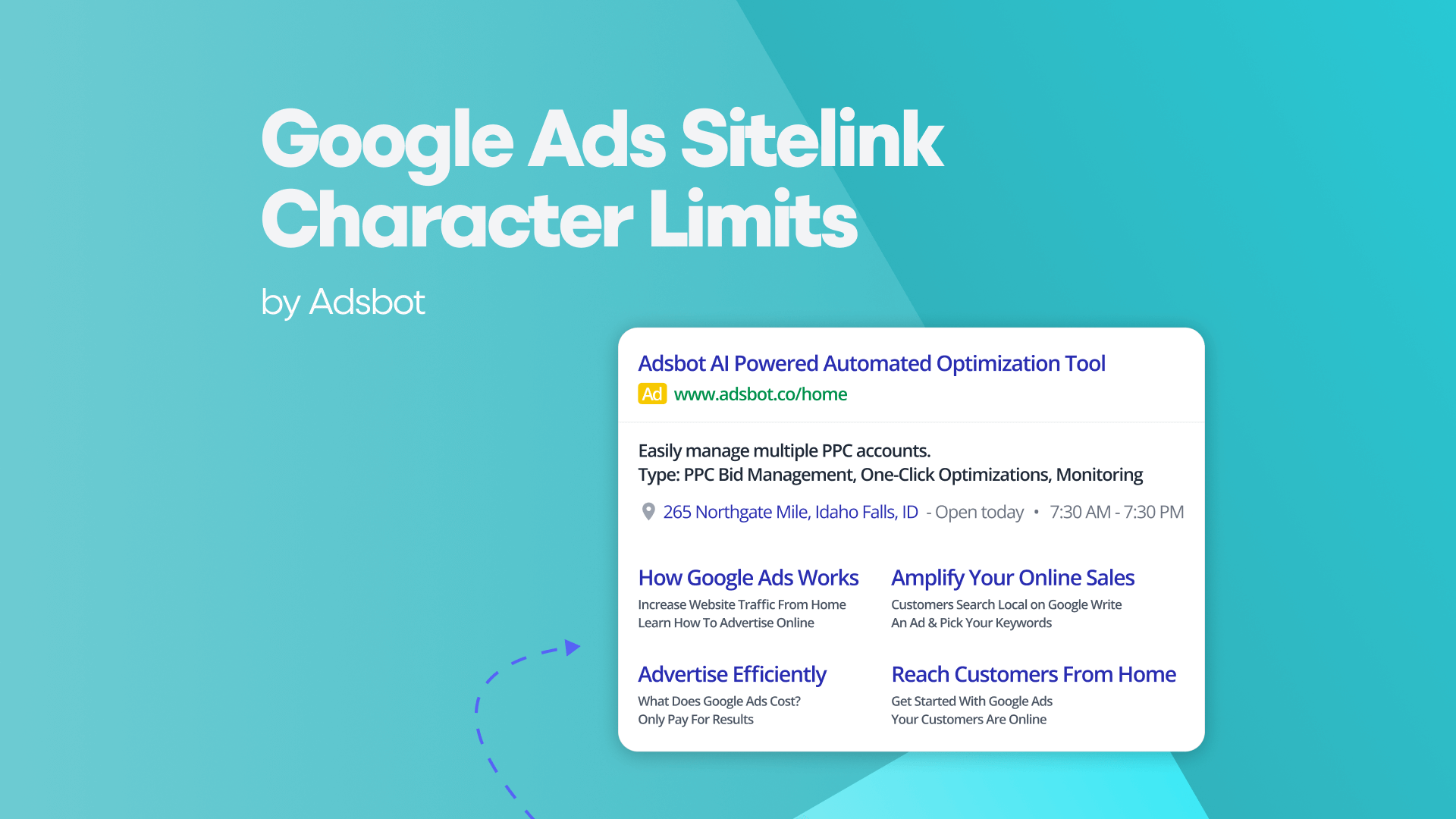In the world of e-commerce, Amazon advertising metrics are essential for understanding the effectiveness of your advertising campaigns. As one of the largest online marketplaces, Amazon offers various tools and dashboards to help advertisers monitor and optimize their campaigns. With the right insights, sellers can enhance their ad performance, improve return on ad spend (ROAS), and drive more sales.
Understanding the Amazon Advertising Dashboard
The Amazon advertising dashboard is the central hub where advertisers can track the performance of their campaigns in real-time. It provides a clear view of key performance indicators (KPIs), such as impressions, clicks, spend, sales, and conversions. This powerful tool helps advertisers measure the effectiveness of their ads and make data-driven decisions to improve their campaigns.
By using the dashboard, sellers can also compare the performance of different ad types, like Sponsored Products, Sponsored Brands, and Sponsored Display, to identify which ones are delivering the best results. Each ad type has specific metrics that help track their success. For instance, Sponsored Products will show metrics like Cost Per Click (CPC), while Sponsored Brands might focus on impressions and the Return on Advertising Spend (ROAS).
The Power of the Amazon Ads Dashboard
While the Amazon ads dashboard is similar to the Amazon Advertising Dashboard, it offers a more in-depth view specifically designed for managing Amazon Ads. It includes detailed reports, optimization suggestions, and a broader view of campaign data, which makes it easier for advertisers to track and assess ad performance.
Using the Amazon ads dashboard, sellers can track various ad campaigns, set budgets, and schedule their ads. It also enables the automation of certain tasks, such as pausing underperforming ads or adjusting bids based on certain performance criteria. This feature can save time and resources, particularly for large campaigns or sellers managing multiple product listings.
Automating Amazon Ads for Efficiency
One of the key features of Amazon advertising is the ability to automate Amazon ads. This tool helps advertisers streamline their ad management process, allowing them to focus on other critical aspects of their business. Automation helps improve the overall efficiency of ad campaigns by optimizing bids, pausing ads that aren’t performing well, and adjusting the budget based on specific criteria like sales velocity or click-through rate.
For example, automated bidding allows sellers to set goals, like maximizing clicks or conversions, while the system adjusts bids in real time to meet those objectives. By automating your campaigns, you can ensure your ads are always optimized for peak performance, reducing manual effort and enhancing your return on investment (ROI).
The Role of the Amazon Ads Network
The Amazon ads network is a comprehensive ecosystem that connects advertisers with various tools, placements, and targeting options across Amazon’s vast platform. Whether it’s on Amazon’s search results, product detail pages, or through third-party websites, the ads network enables businesses to reach potential customers at multiple touchpoints. This network also includes Amazon DSP (Demand-Side Platform), which allows advertisers to buy display and video ads programmatically across a wide range of websites and apps.
Understanding the Amazon ads network is key to leveraging its full potential. By targeting customers at various stages of the buying journey, businesses can drive more relevant traffic to their listings. For example, Sponsored Products are perfect for driving sales directly, while Sponsored Brands can help increase brand awareness, leading customers to explore additional products.
Key Amazon Advertising Metrics to Track
To ensure your campaigns are performing optimally, it’s essential to focus on the right Amazon advertising metrics. Below are some of the key metrics you should be tracking to gauge success and optimize your campaigns:
1. Impressions
Impressions represent how many times your ad was displayed on a page. While impressions alone don’t provide insights into conversions, they give an idea of how visible your ad is to potential customers. Tracking impressions can help you understand whether your ads are reaching enough people and whether your targeting needs to be adjusted.
2. Clicks and Click-Through Rate (CTR)
The number of clicks your ad receives directly correlates to how well it’s capturing user interest. CTR is calculated by dividing the number of clicks by the number of impressions. A high CTR indicates that your ad is compelling and relevant to your audience, while a low (CTR) Clicks and Click-Through Rate may suggest that your ad copy or targeting needs improvement.
3. Cost Per Click (CPC)
Cost Per Click (CPC) is the amount you pay each time someone clicks on your ad. This metric helps you understand how much you’re spending to drive traffic to your product listings. Managing CPC is crucial, as it directly affects your budget and profitability. Lowering your CPC while maintaining a high CTR will lead to a better ROI.
4. Spend and Return on Ad Spend (ROAS)
Spend represents the total amount spent on your ads over a specific period, while Return on Ad Spend (ROAS) measures the revenue generated for every dollar spent on advertising. ROAS is one of the most important metrics for gauging the overall success of your campaigns. A high ROAS indicates that your ads are generating strong sales relative to the cost, while a low ROAS suggests that you may need to optimize your targeting, bids, or ad creatives.
5. Conversion Rate
The conversion rate measures the percentage of users who click on your ad and then complete a desired action, such as making a purchase. This metric is crucial for understanding the effectiveness of your landing pages and product listings. A high conversion rate typically means that your ad targeting and product pages are resonating with potential buyers.
6. Sales
Ultimately, the goal of advertising is to drive sales. By tracking sales from your Amazon ads, you can measure the direct impact of your advertising efforts on revenue. This metric is especially useful when calculating your ROAS and determining whether your campaigns are financially viable.
7. ACoS (Advertising Cost of Sales)
ACoS is the ratio of ad spend to sales. It shows how much you’re spending on ads relative to the amount of revenue generated from those ads. A lower ACoS means you’re spending less on ads for each sale, while a higher ACoS suggests your ads may not be as efficient. Lowering ACoS can help improve your overall profitability.
8. Keyword Performance
Tracking the performance of keywords used in your Amazon ads can provide valuable insights into which search terms are driving traffic and sales. By identifying top-performing keywords, you can refine your targeting strategy and optimize your bidding process.
Optimizing Your Amazon Advertising Metrics
Once you understand the various Amazon advertising metrics, the next step is to use this data to optimize your campaigns. Here are some tips for improving your ad performance:
- Refine your targeting: Use data from the Amazon ads network to refine your audience targeting, ensuring that your ads are reaching the right people.
- Optimize your bids: Adjust your bids based on performance metrics like CPC and ROAS to maximize the return on your ad spend.
- Test your creatives: Experiment with different ad creatives to see what resonates best with your audience. This could include testing new product images, ad copy, or calls to action.
- Use automation tools: Consider using automated Amazon ads to streamline campaign management, ensuring your ads are always optimized based on real-time performance data.
In conclusion, understanding and optimizing Amazon advertising metrics is so important for driving the success of your ad campaigns. Whether you’re aiming to increase visibility, drive sales, or optimize your ROAS, focusing on the right metrics will help ensure your Amazon ads deliver maximum results.
Popular Posts
-
How Many Keywords Should Be In an Ad Group in Google Ads?
Ever wondered if your Google Ads campaigns are packed with…
Read more -
Google Ads Script for Dummies: An Introduction
Imagine you have an e-commerce website that sells licensed superhero…
Read more -
Google Ads Sitelink Character Limits
Your Google Ads are cutting off in the middle of…
Read more -
What Is Conversion Value in Google Ads?
What if you could put a price tag on every…
Read more
Register for our Free 14-day Trial now!
No credit card required, cancel anytime.





